Hey all! It’s time for Tuesday’s Tip with The Kitchen Whisperer. This week we’re going to talk about mixers – specifically stand mixers and when to use your attachments. Whether Santa brought you one, you snagged one in a killer sale or it’s still on your wish list knowing when to use what attachment is important in your journey to mastering the kitchen. This post comes to you from a suggestion from my bff who sent me a text late one night. See she was wanting to make a cheesecake but wasn’t really sure which attachment to use. Now this girl is no novice in the kitchen so it surprised me that she didn’t know not to use a whisk on a cheesecake. This is an error on my part as I assumed she knew. She then said “Lor you really should do a post about something like this as I’m sure others may not know either.” Huh… why didn’t I think of that? DUH… cause I assumed you guys just all knew these things. See often when we post ‘tips and tricks’ on our websites we have to often toe lightly on what subjects we discuss. Not that anything is taboo but rather you never want to offend people. And you certainly never want to come off as this all-knowing oracle in the kitchen. This is why I LOVE when I get feedback like this from her or any of you as it keeps me grounded. And hey if you know this already, awesome! Tell a friend as I’m sure you know one person that probably doesn’t know this… even some of your best baker friends.
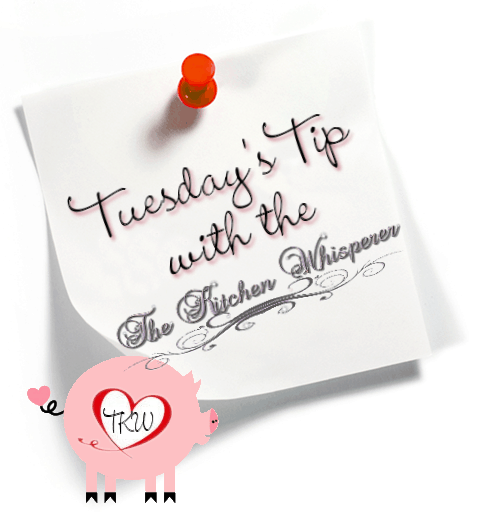
Most stand mixers today come with 3 attachments: the paddle, the whisk and a dough hook. Each of them serve a very distinct purpose other than cluttering up your drawer. Now there are some hand mixers that have the same type attachments…sort of. They are shaped different but still perform the same basic functionality. Where you are limited with using one is the size of the dough you want to make and, when it comes to making say bread or pizza dough, how strong your motor is on your hand mixer. Trust me, I’ve burnt up a few of them in my day trying to make homemade white bread using the dough ‘beaters’ on a hand mixer.
For me I have 2 stand mixers. My trusty old (about 18 years old now) Kitchen Aid that still works like a champ and a commercial 10 quart one Mr. Fantabulous bought me a few years go. About the only time now I use my hand mixer is if I’m making creamy mashed potatoes or whipping cream or egg whites. And even then it depends on the quantity I’m making.
Stand mixers offer several advantages over hand mixers. First, all stand mixers offer hands-free operation, allowing you to work on other parts of the recipe while batters and dough are mixing. Second, the design provides for more even mixing, and finally, since the machine is stationary, the chance for accidental spills is also reduced. Now it’s not to say you can just set your stand mixer on high and walk away. No, unless it’s bolted down the vibrations will cause it to ‘travel’ on your counter and I know of a few folks that did this only to have their mixer fall on the floor and break into a ton of pieces.
So let’s get into the skinny of these attachments. When to use them and what to use them for:
Paddle
The paddle is used for mixing thicker and heavier cookie and cake batters where the incorporation of air is not critical to the recipe. It mixes ingredients without whipping too much air into them. It’s most commonly used to “cream” butter and sugar, which means you beat butter and sugar together with the paddle attachment for a few minutes until the mixture is light and fluffy. This is the first step when you make most cookies and cakes, and also when you make frosting.
Uses: Cakes, Cookies, Cheesecakes, Creaming butter & sugar, Sweet breads (that do not have yeast), more batter type recipes etc…
Extras: If you want a fast and awesome way to shred pork or chicken, put the cooked meat in the bowl of your stand mixer, and using the paddle attachment, mix away until desired shredded consistency.
Whisk
The whisk incorporates air into liquid mixtures, such as egg whites and cream. As the whisk rotates faster the mixture becomes thicker and creamier. Meringues, frostings, and thick sauces are all made using this attachment. It also beats, but it whips more air into the thing it’s mixing — let’s say, egg whites — which increases its volume. It’s commonly used to make meringue (which are just whipped egg whites and sugar that have been baked) or to whip a bowl of heavy cream, which is simply how you make “whipped cream.” Any time you are looking to infuse air into your liquid foods you should consider using the whisk.
Uses: Meringue, frostings, whipped cream, etc…
Dough Hook
The dough hook is used for mixing bread dough of all kinds. The design of the hook is excellent for pulling sticky dough away from the side of the mixing bowl. This attachment kneads dough. The first step for most yeasted bread recipes (meaning, anything that needs to rise before you bake it, like regular bread, pizza dough, or cinnamon rolls) is to combine flour with water, maybe milk and sugar, and some yeast, then knead that dough for several minutes. You could do it by hand, or use a dough hook and a stand mixer.
Uses: yeasted breads, pizza dough, cinnamon rolls
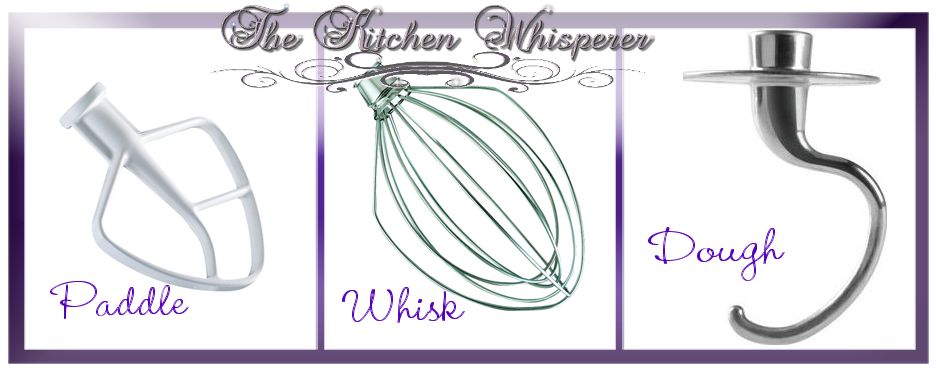



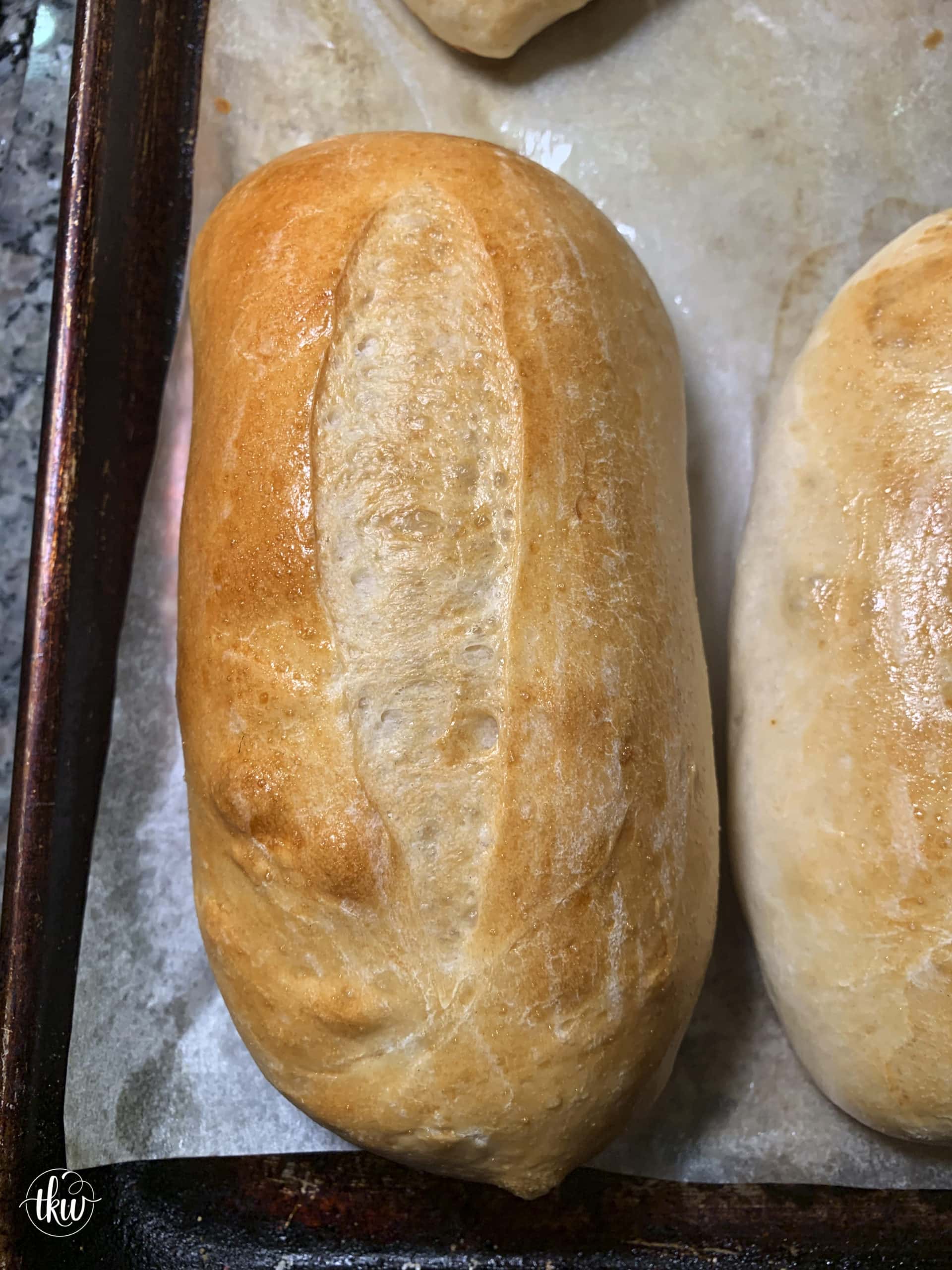
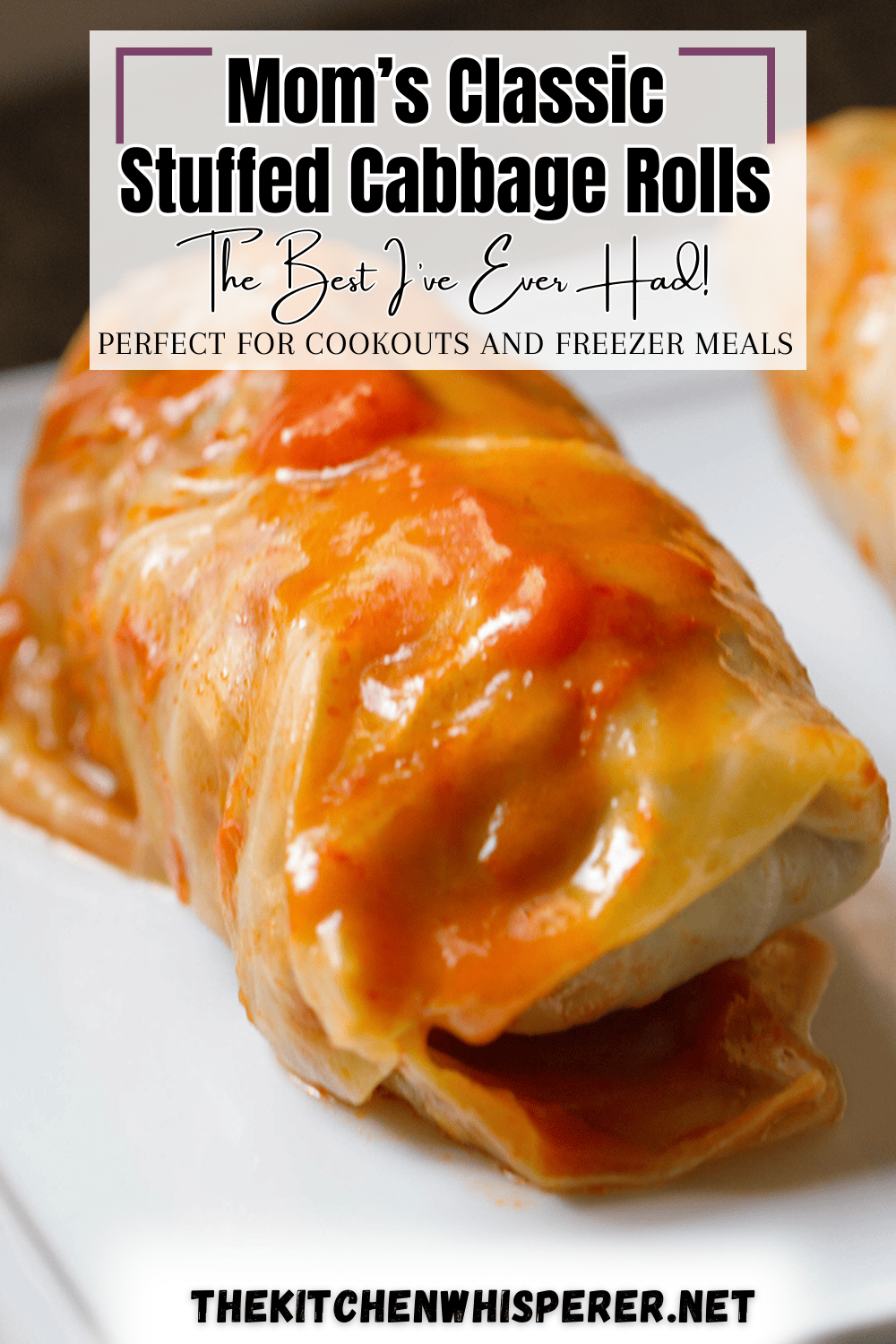
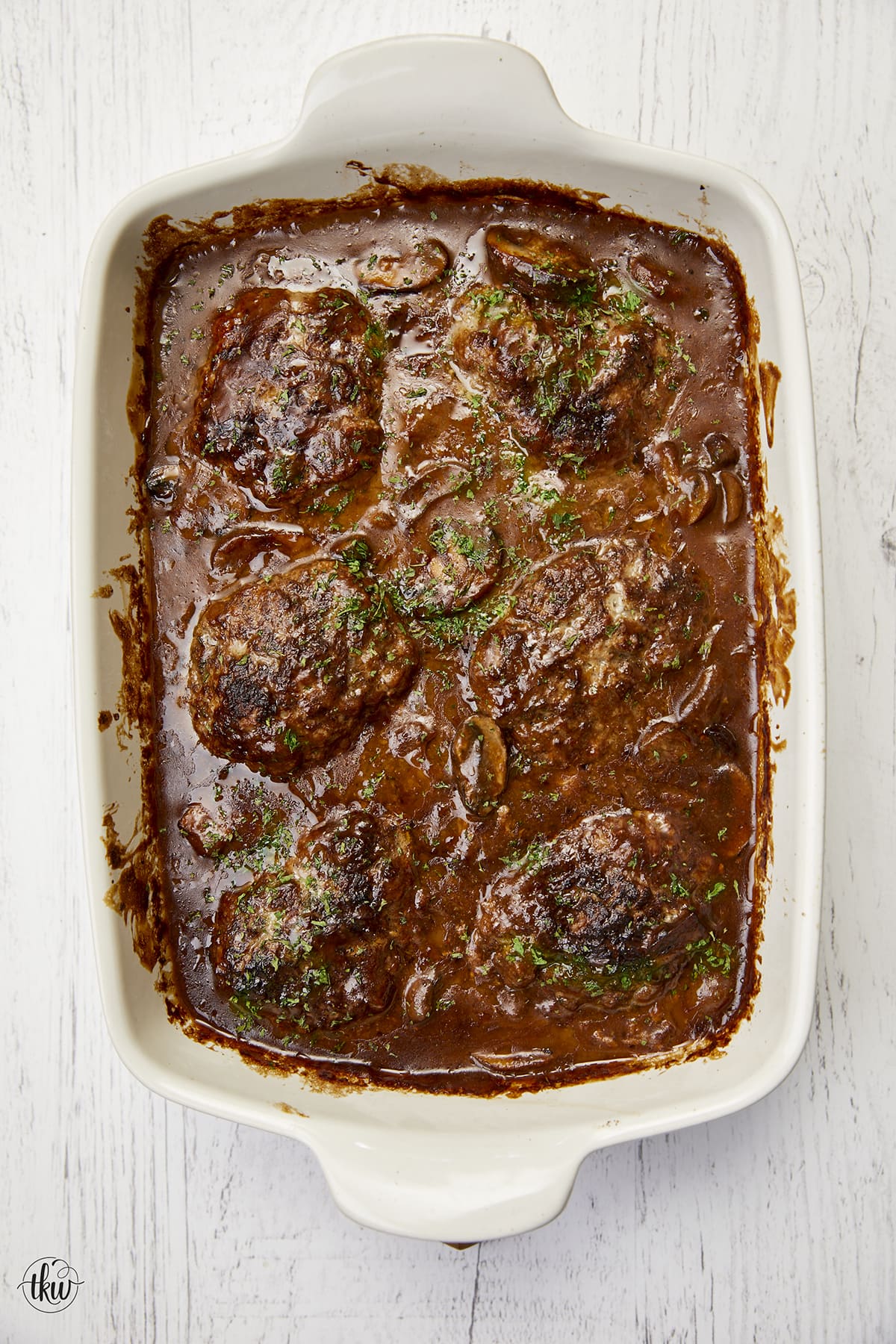


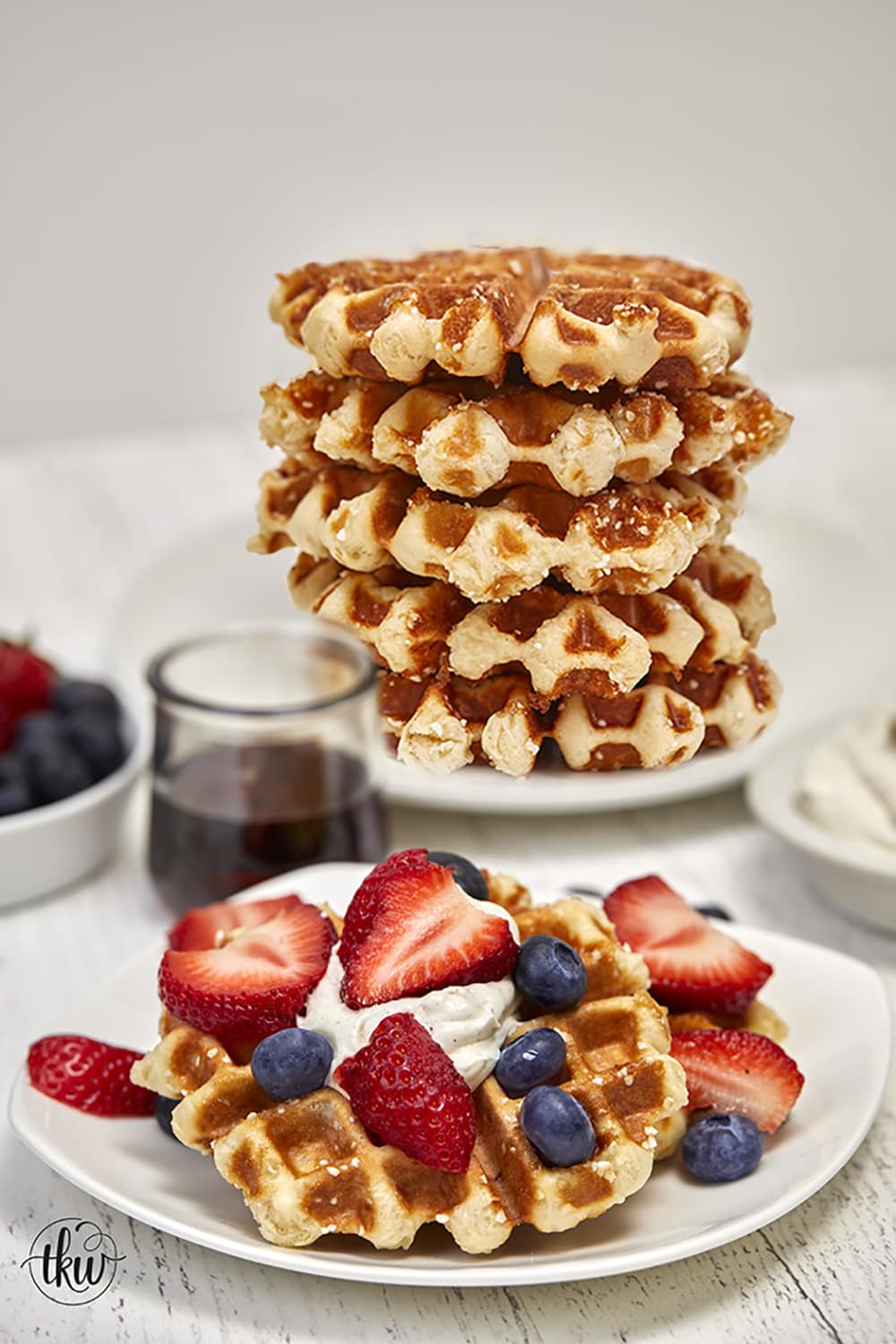

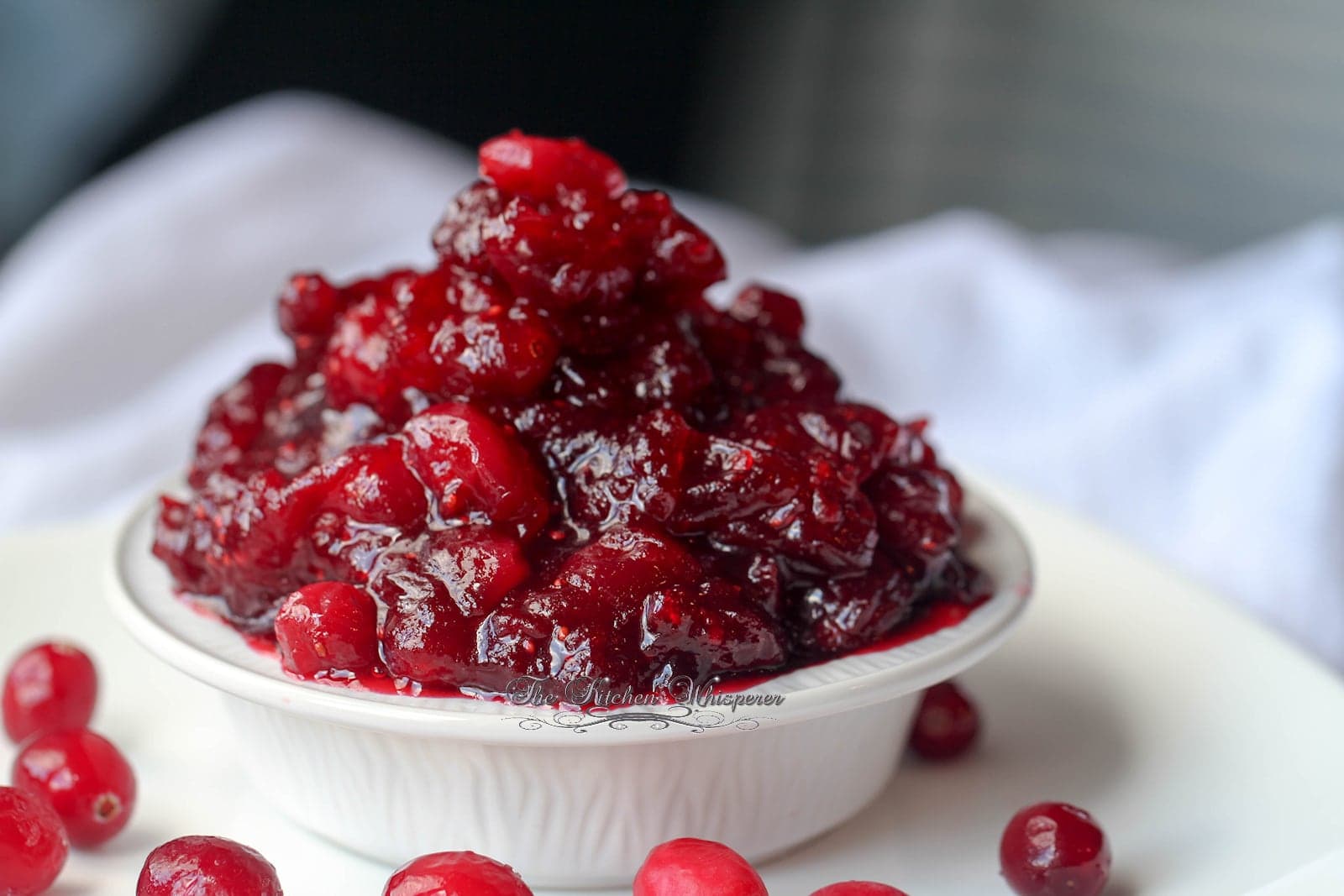
Leave a Reply